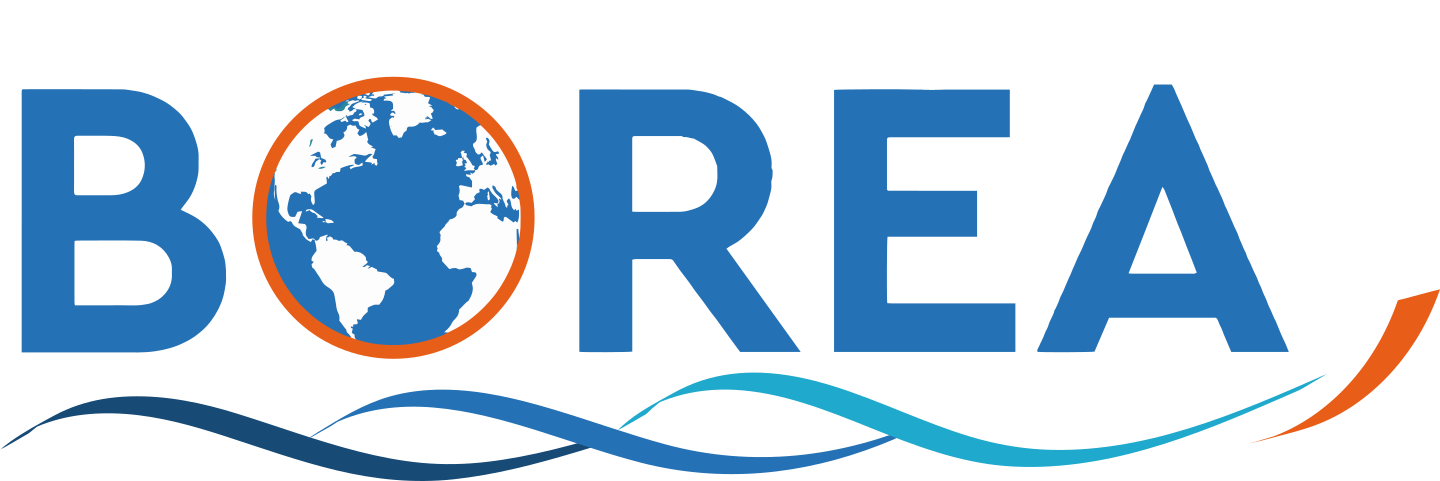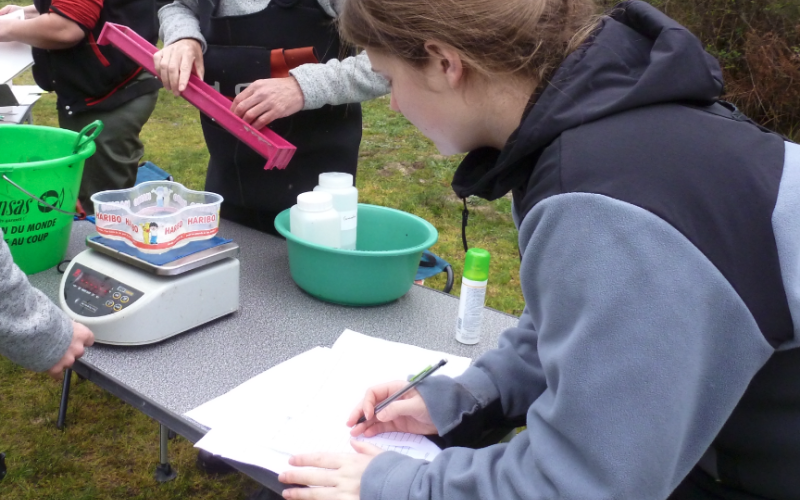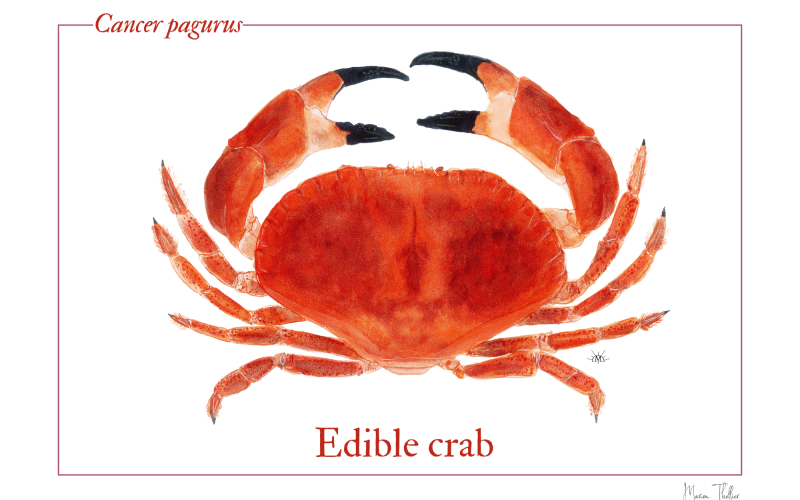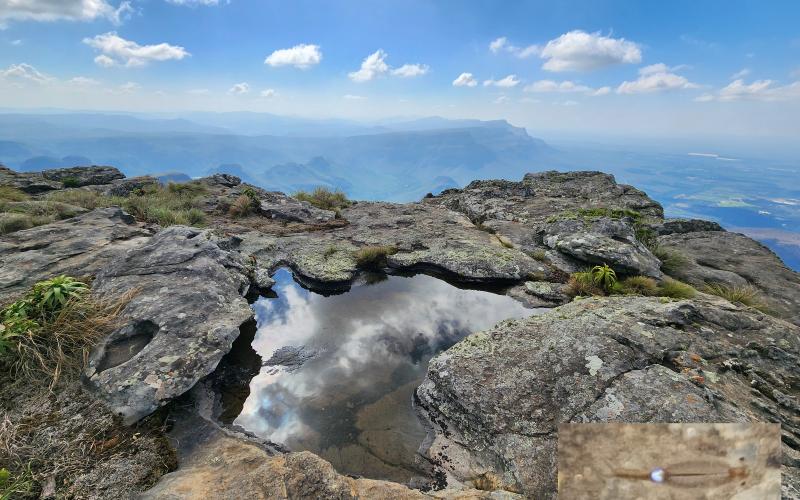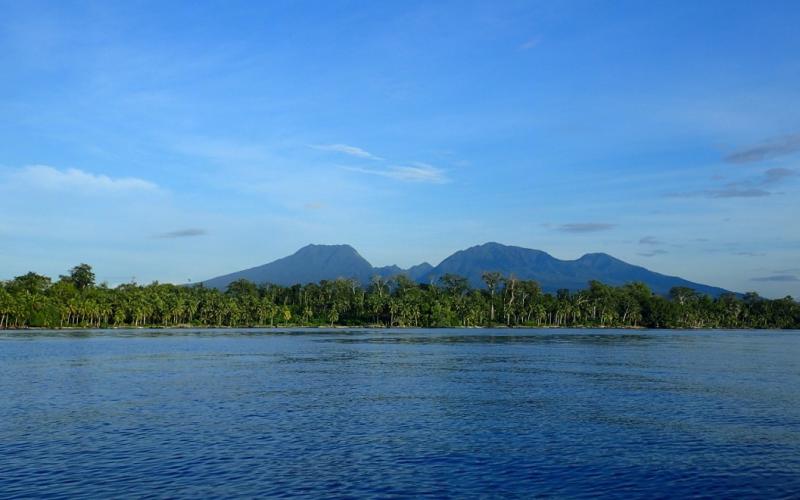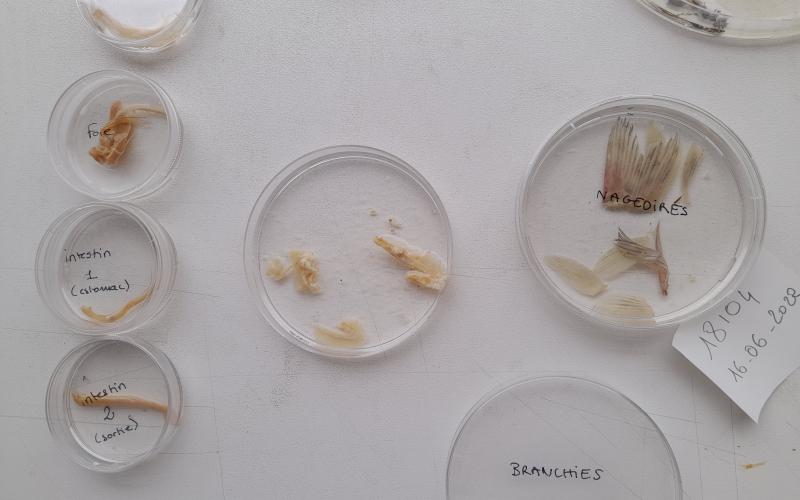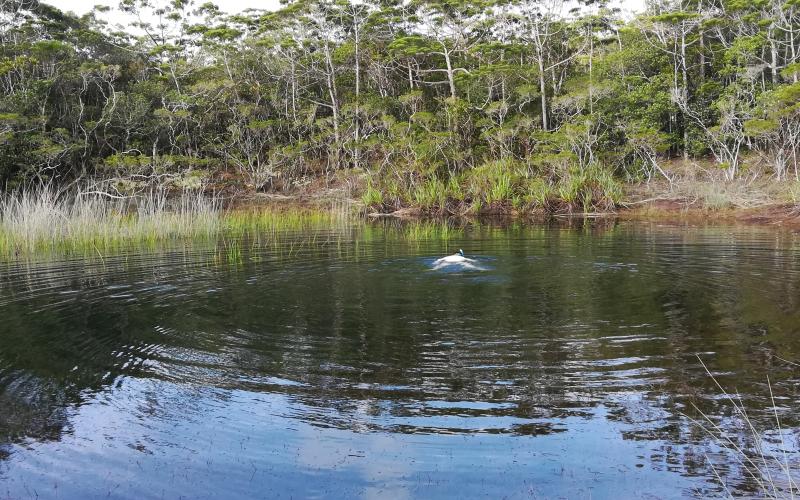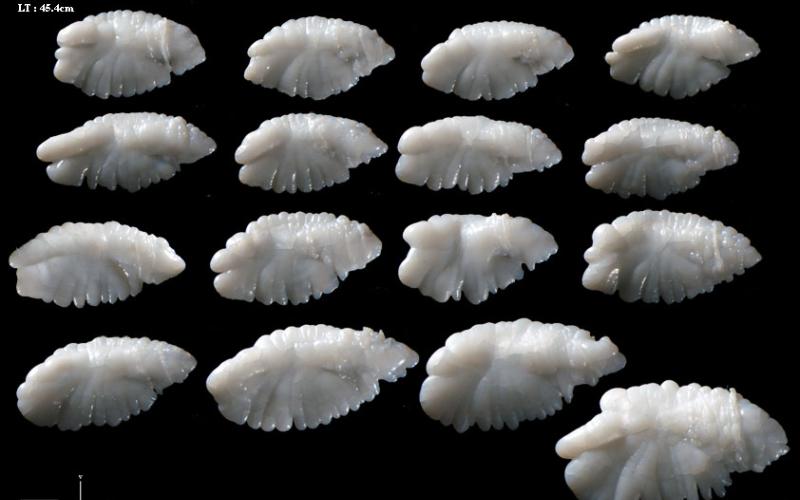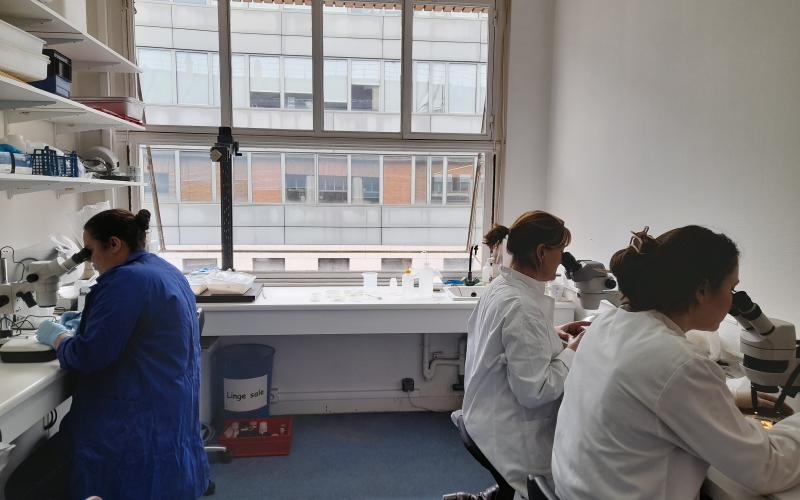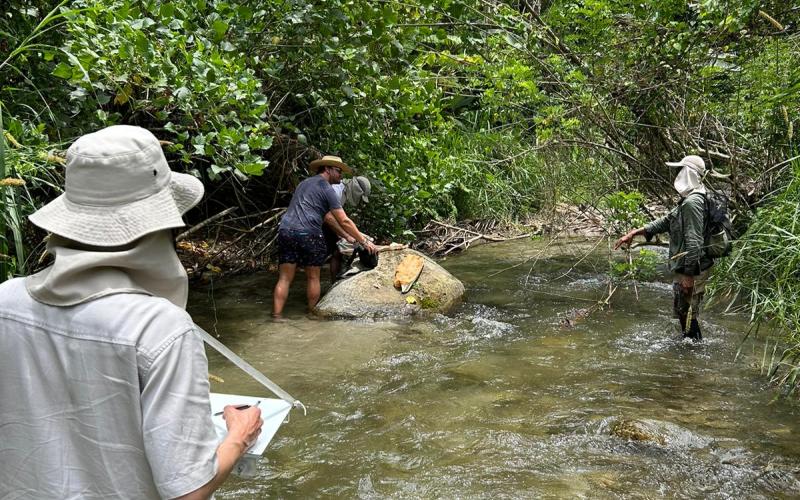The Knowledge of the mechanisms that regulate the structure, the dynamics, the functioning and the future of the aquatic populations is essential for the development of models and is a prerequisite for proposing management tools for species and habitats of ecological, heritage and/or fisheries interest. It is therefore necessary to study the diversity of these taxonomic groups and their life history traits in order to understand the relationships between the biodiversity and the ecosystem. Our team developed expertise in the study of communities in particular environments such as the southern seas, tropical island systems and temperate coastal and freshwater environments, based on extensive databases and reference collections it has built up. These environments are subject to strong climatic perturbations (cyclonic depressions, frost...), hydraulic (high rainfall, devastating floods, forced marine currents...), hydrodynamic (fronts, tides, retention processes,...) or mechanical (erosion,...) disturbances that lead to a particular adaptation of the organisms that live there, both on the colonization and settlement process and dispersion. In this context, our research is developed in 4 major themes: (i) Description, origin and evolution of biodiversity, (ii) Plasticity and adaptations during development, (iii) Dispersal and migrations, and (iv) Macroecology and conservation.
Description, origin and evolution of biodiversity
Our team is working on the origin of the establishment of current aquatic fauna following post-glacial recolonization and the persistence of refuge areas; the exploration of island biodiversity and assemblage diversity with the particular aim of clarifying the status of French fauna and improving biodiversity monitoring, species management and the use of bioindication tools. This work will improve our knowledge of the status and distributions of species, which are essential prerequisites for studies of dispersal and colonization, as well as the creation of DNA barcode reference libraries (COI), eDNA and the production of books of fauna that are essential for managers. The results are studied in the evolutionary context of the region (hotspots, barriers to dispersal, etc.).
Plasticity and adaptations during development
Aquatic organisms often have complex life cycles, alternating between planktonic larval life phases and various juvenile and adult life phases. It is often through these larval phases that species are dispersed before adults settle. In this context, the team is studying the diversity and plasticity of the aquatic fauna life traits and adaptive responses. Situated at the interface between continental and oceanic ecosystems, coastal marine environments are considered hotspots. Using new very fine-scale observations, the interactions between the spatio-temporal patterns of these species and their ecological processes will be studied in the light of natural and anthropogenic disturbances in this environment.
Dispersal and migrations
Dispersal strategies are a key driver of community structure and persistence, ranging from the local scale of a river, island or archipelago to the regional scale. Diadromy, which is a life strategy with migrations between marine and freshwater habitats, is one of the most studied model in our team. We are working on migratory behaviour using telemetry methods, capture-mark-recapture and experimental ecology, in order to analyze the links between life traits and migrations. For this part of the project, we are relying in particular on the sea and diving platforms, and on experiments in natural and controlled environments at the Dinard marine station and the geospatial platform at the EPHE in Dinard.
Macroecology, Seascape ecology and conservation
Our work seeks to (1) describe biodiversity patterns and their dynamics at several spatial scales and levels of organization of living organisms; (2) link these patterns not only to the processes underlying them, but also to search for direct or indirect forcing drivers such as global or anthropogenic changes; (3) use this knowledge to produce indicators of status and predictive trends to better guide conservation policies and programs. This theme will be based on the emerging discipline of seascape ecology.
